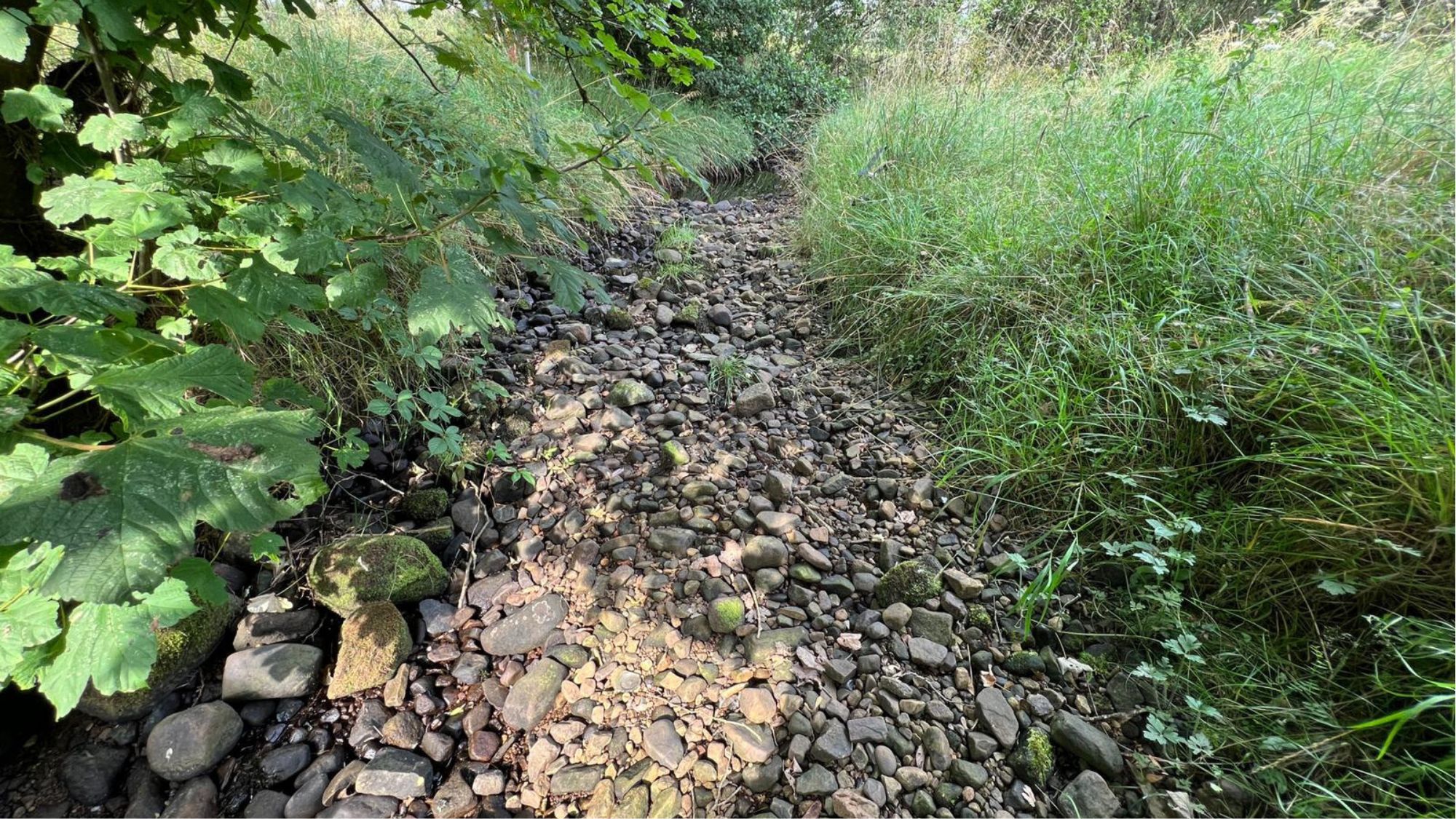
Drinking water and rivers; protecting our natural resources
The UK water industry treats over 15,000 million litres of water a day, which supplies to almost every household. The UK’s water conforms to some of the strictest levels in the world, and our drinking water comes from many locations including rivers, groundwater aquifers, and reservoirs. It is then some pretty intensive treatment to control simple things like temperature and clarity, and more complex factors such as the removal of chemicals, phosphorous, nitrates, and even medicines. Of course, bacteria, viruses, and other pathogens also need to be eliminated.
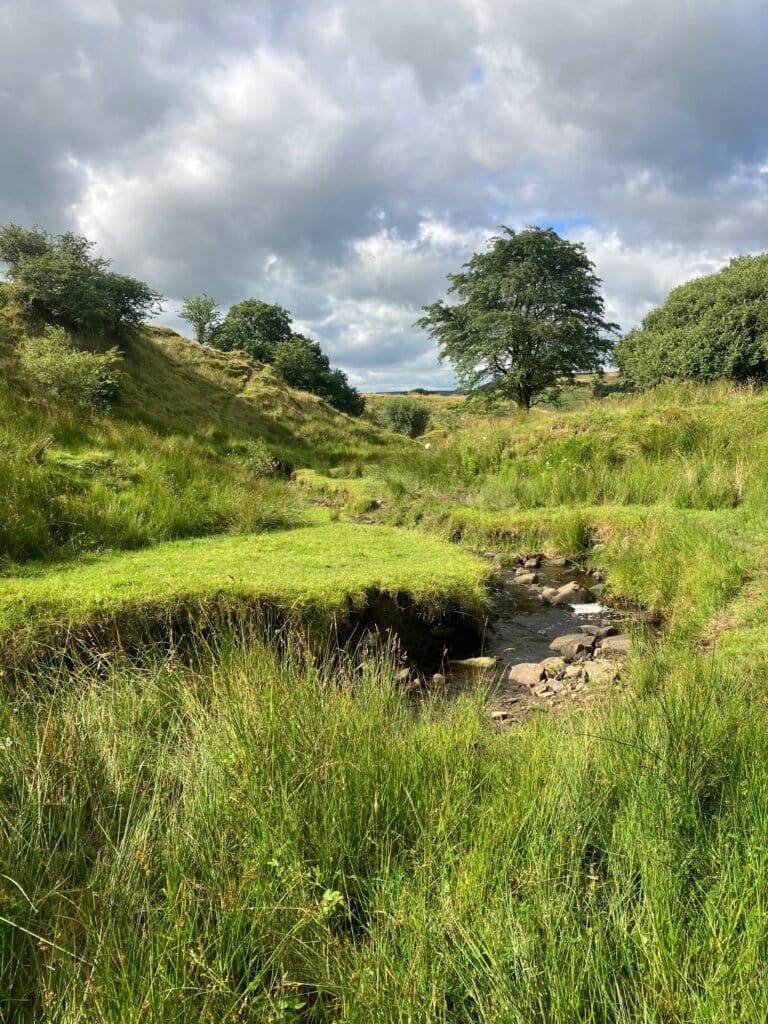
All of this is done via many stages of treatment, including filtration, activated carbon treatment, UV disinfection, and chlorination. As you can imagine, this is a very intense process requiring a huge amount of energy, and carbon.
For us Lancastrians, most of our water comes from the Lake District. It moves through a series of pipelines and gravity fed aqueducts into reservoirs through to our taps. However, when this drinking water runs short, our rivers are come into play instead. This is bad news for the habitats, and the wildlife that lives in, and relies on, the water.
Climate change and the growing demand for water
It might come as a surprise to learn that some parts of England get half of the annual average rainfall of Sydney (and yes, that’s Sydney Australia!).
Predications show that, as climate change affects our weather patterns, we’ll have even less rain. It’s very likely that we’ll see a steady rise in temperatures, which will lead to an increased demand for water. Add in population growth and it’s easy to see how we could face a permanent water shortage. Additionally, the increase in demand for water means that there is an increase in the amount of water that needs treatment, which leads to an increase in energy consumption, which leads to more carbon into the atmosphere.
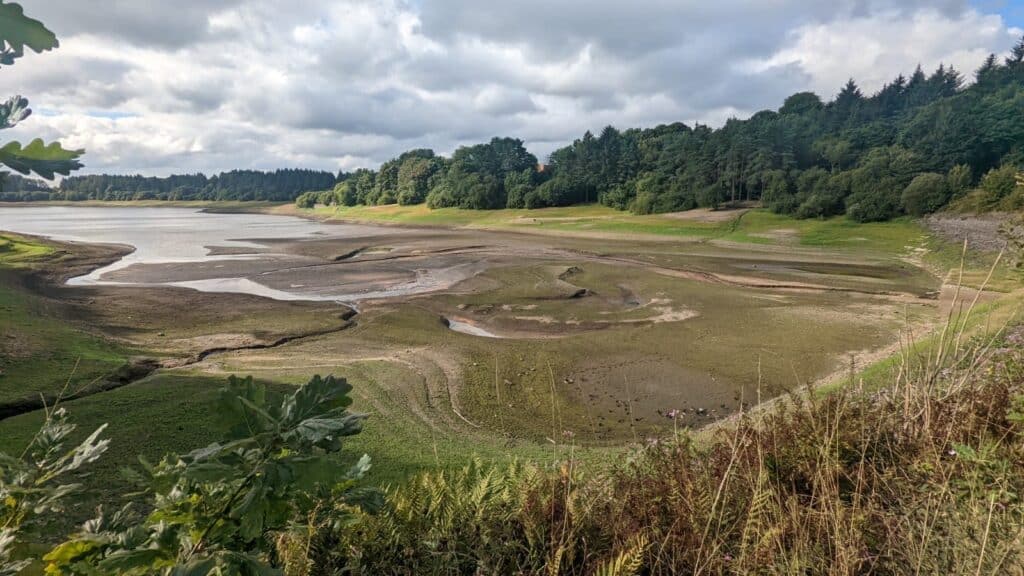
Take a look at 2022, one of the driest years in almost 50 years. The increased demand for water saw reservoirs, such as the Wayoh reservoir near Bolton, running down to the point where they’re almost empty.
What does this mean for rivers?
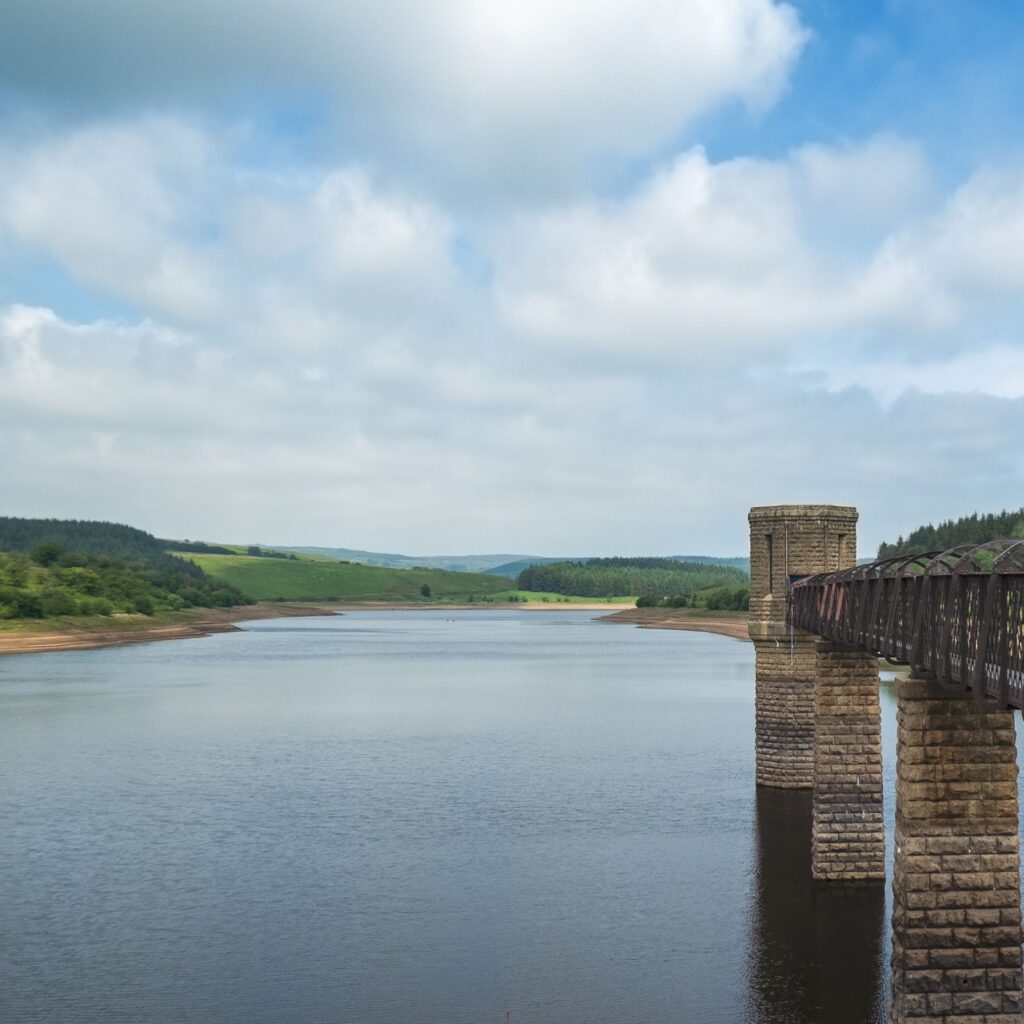
Rivers are sensitive and carefully balanced ecosystems. When undisturbed, they take perfect care of themselves but sadly, humans have a habit of interfering!
The Environment Agency manage water abstraction, and anyone who wants to extract over 20 m3 per day from a river, lake, spring, or underground source needs a licence. In the Ribble Catchment there are dozens of abstraction points. Some of these are very small, and others are only put to use occasionally. However, when reservoir levels plummet, river abstraction increases.
Whilst we all need drinking water, abstraction removes water from rivers, lowering water levels that are already likely to be low, and removing the amount of habitat available for water dwelling species such as fish, and affecting the species that rely on them for food.
How can you reduce your water footprint?
Research shows that 94% of people underestimate the amount of water they use per day. According to Water UK over a fifth (21%) of people think their household uses less than 20 litres per day, but the average usage per person is 152 litres per day! In fact, a single toilet flush uses around 10 litres of water.
There are plenty of things you can do to reduce your water footprint though. The best place to start is to consider whether you need clean, treated tap water for your task. Tasks such as watering houseplants, watering gardens, and washing your car, windows, and other hard surfaces can use rainwater from water butts. In fact, this can make many of your household tasks carbon neutral- how’s that for eco-friendly!
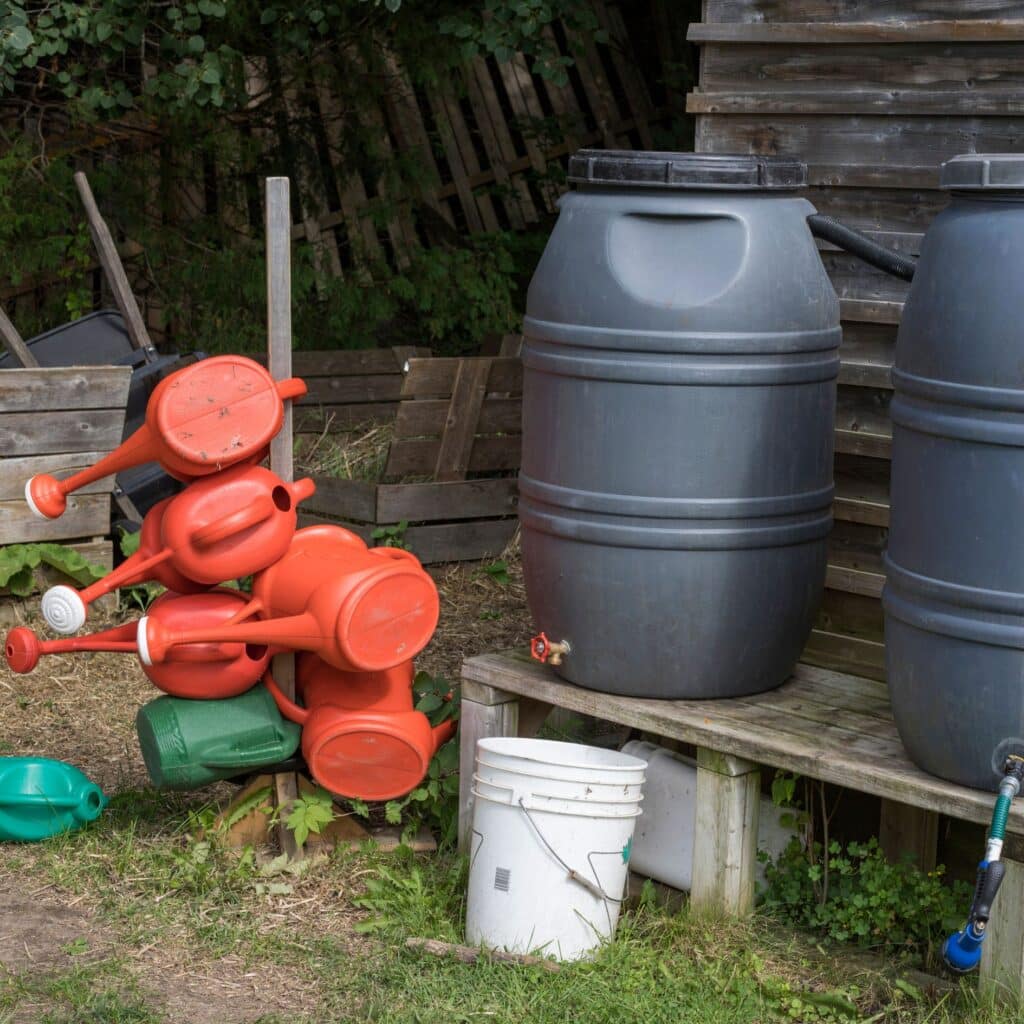
Next look inside. Here you can make some simple changes that you won’t even notice. Turn off the tap when you brush your teeth, and you could save a whopping 24 liters per day. You can also fit low flow shower heads, take shorter showers and use eco modes on your dishwashers and washing machines. Look out for leaks too, a leaky toilet can waste up to 400 litres of water a day!
Of course, it’s not just down to us consumers. Utilities companies have a big part to play too. That’s why we work with them on plans and consultations, providing guidance to help them improve their practices, but also sounding the alarm when things do go wrong, and campaigning for investment into our water infrastructure.
You can help us to carry on campaigning for the responsible management of drinking water and dirty water by becoming a supporter. It costs just £3 per month, and you’ll be helping secure a cleaner, greener future for your local rivers- visit our supporter page to find out more.

